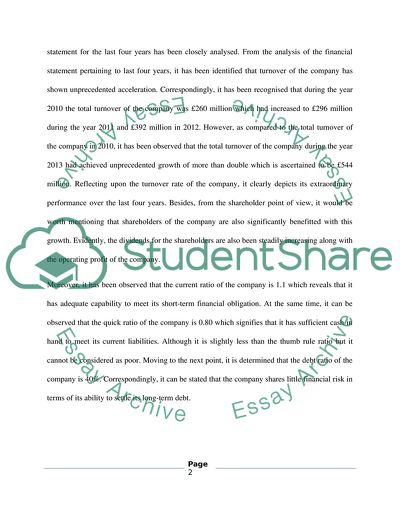Cite this document
(La Suite East Plcs Performance and Financial Position Assignment, n.d.)
La Suite East Plcs Performance and Financial Position Assignment. Retrieved from https://studentshare.org/finance-accounting/1811438-la-suite-east-plc
La Suite East Plcs Performance and Financial Position Assignment. Retrieved from https://studentshare.org/finance-accounting/1811438-la-suite-east-plc
(La Suite East Plcs Performance and Financial Position Assignment)
La Suite East Plcs Performance and Financial Position Assignment. https://studentshare.org/finance-accounting/1811438-la-suite-east-plc.
La Suite East Plcs Performance and Financial Position Assignment. https://studentshare.org/finance-accounting/1811438-la-suite-east-plc.
“La Suite East Plcs Performance and Financial Position Assignment”, n.d. https://studentshare.org/finance-accounting/1811438-la-suite-east-plc.


